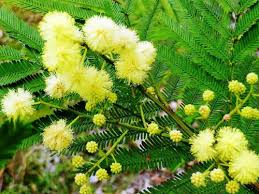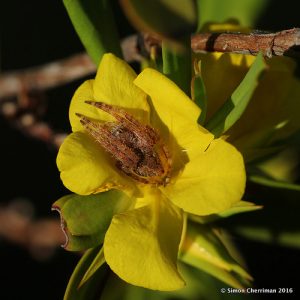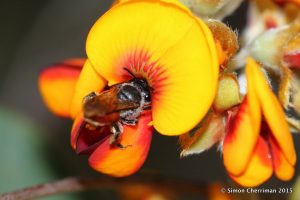The colour yellow abounds as we welcome Kambarang

The seasons in Western Australia have their own distinct flavour, a uniqueness quite unlike anywhere else. If we take a moment to tune into the changing sights and sounds around us, we realise that there is a very real and living language of transition at work. At this time of year, nature speaks in the blossoming of vivid wildflowers, stunning yellows, oranges, purples and whites. There is a slow waking and re-emergence of sleepy animals who hibernated throughout the winter months and the glorious birth of new baby animals everywhere.
While many of us casually acknowledge the change of the traditional European seasons – summer, autumn, winter, spring – rarely do we develop a more intimate and intuitive understanding of the distinct flavour that exists in our unique West Australian environment.

In South West WA, the Noongar calendar includes six annual seasons, each representative of the environmental and seasonal changes that occur around us. They contain a deeper description of our subtle and distinct experience, of the plants, flowers and animals around us.
The six Noongar seasons are:
Birak (December – January)
Bunuru (February – March)
Djeran (April – May)
Makuru (June – July)
Djilba (August – September)
Kambarang (October – November)
As we enter the month of October, we welcome the season of Kambarang, known traditionally as the season of Birth. It is the fifth season of the Noongar calendar, running from October to November, and is marked by an abundance of wildflowers and rising temperatures. The Acacias continue their prolific blooming in bright yellows along with many of the Banksias, Kangaroo Paws and Orchids. Reptiles awaken from their long winter sleep of hibernation and the magpies continue their swooping in protection of their precious babies. Traditionally at this time of year, Noongar people would have moved towards the coast where their diets would have been supplemented by freshwater crayfish, frogs and tortoises.

We invite you to take a moment to stop and tune into the magic impulse of nature as it bursts forth in blossom, new baby birds and animals, and the magnificent renewal of life everywhere.
Welcome Kambarang!
Photographs courtesy of Simon Cherriman – thank you

